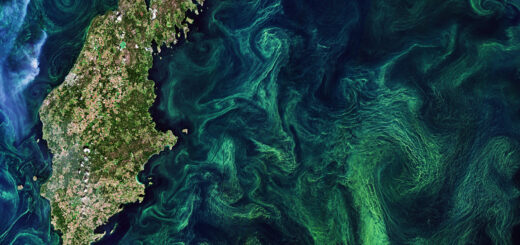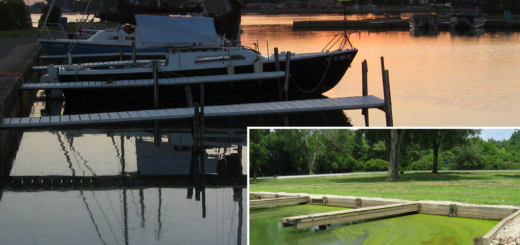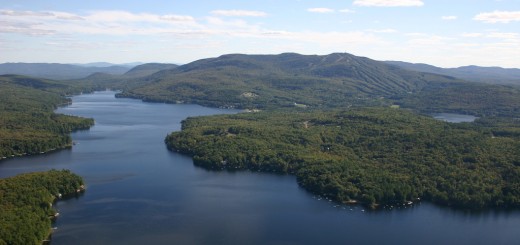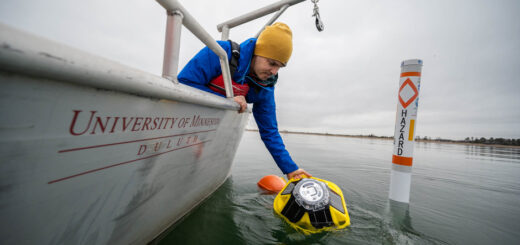Research Summary: Soundscapes Of Lakes Across An Urbanization Gradient
0Background/Methodology
A significant implication of increasing urbanization is anthropogenic noise pollution. Although noise is strongly associated with disruption of animal communication systems and negative health effects for humans, the study of these consequences at ecologically relevant spatial and temporal scales (termed soundscape ecology) is in early stages of application. In this study, we examined the above- and below-water soundscape of recreational and residential lakes in the region surrounding a large metropolitan area. Using univariate and multivariate approaches we test the importance of large- and local-scale landscape factors in driving acoustic characteristics across an urbanization gradient, and visualize changes in the soundscape over space and time.
Principal Findings
Anthropogenic noise (anthrophony) was strongly predicted by a landcover-based metric of urbanization (within a 10 km radius), with presence of a public park as a secondary influence; this urbanization signal was apparent even in below-water recordings. The percent of hourly measurements exceeding noise thresholds associated with outdoor disturbance was 67%, 17%, and 0%, respectively, for lakes characterized as High, Medium, and Low urbanization. Decreased biophony (proportion of natural sounds) was associated with presence of a public park followed by increased urbanization; time of day was also a significant predictor of biophony. Local-scale (shoreline) residential development was not related to changes in anthrophony or biophony. The patterns we identify are illustrated with a multivariate approach which allows use of entire sound samples and facilitates interpretation of changes in a soundscape.
Conclusions/Significance
As highly valued residential and recreation areas, lakes represent everyday soundscapes important to both humans and wildlife. Our findings that many of these areas, particularly those with public parks, routinely experience sound types and levels associated with disturbance, suggests that urban planners need to account for the effect of increasing development on soundscapes to avoid compromising goals for ecological and human health.
Full study, including Materials & Methods, Results and Discussion, published under Open-Access license in PLOS ONE.
Featured Image: View of Lake Michigan and downtown Chicago as seen from Fullerton Drive and Lake Shore Drive. (Credit: Flickr User Ron Cogswell via Creative Commons 2.0)













